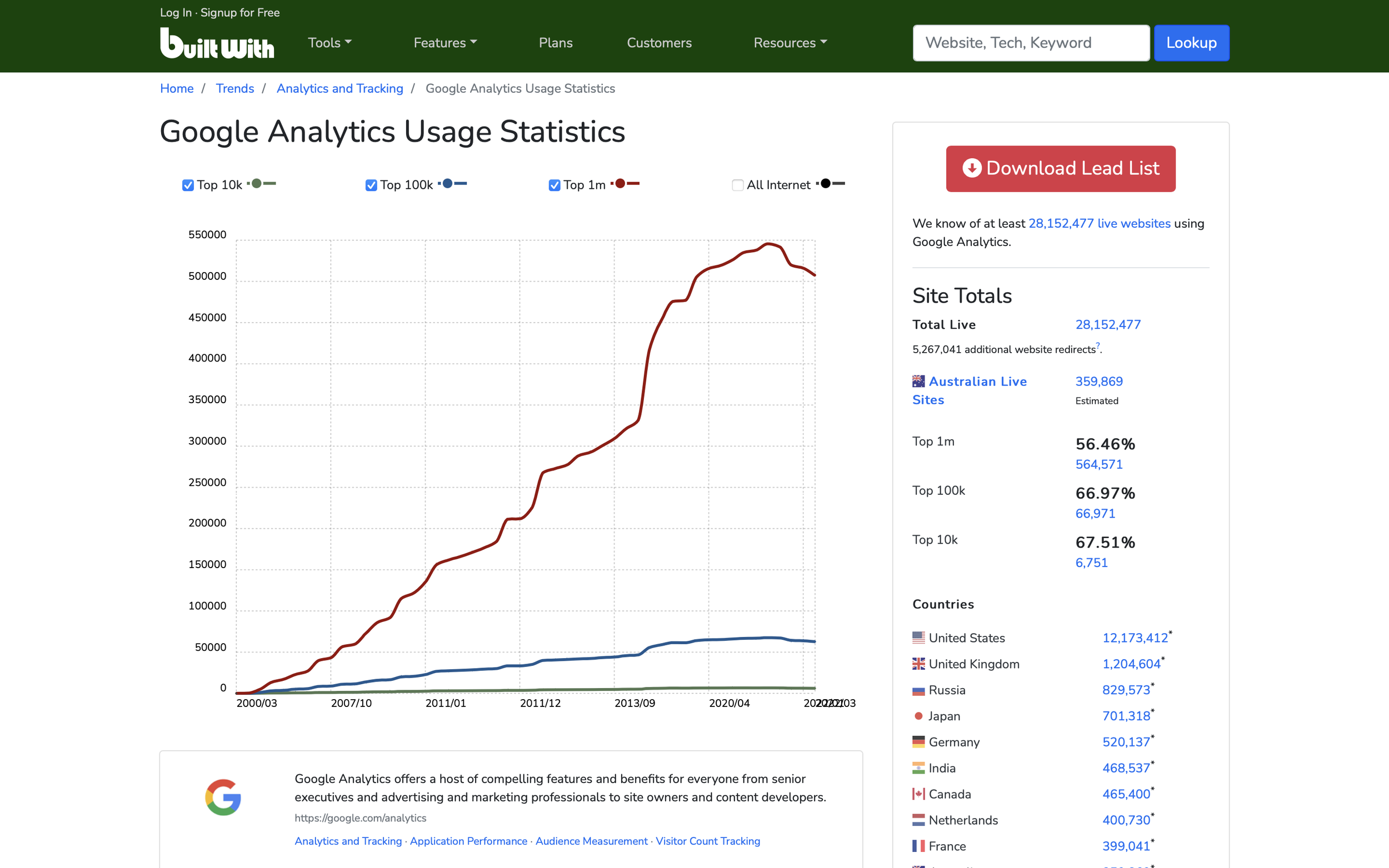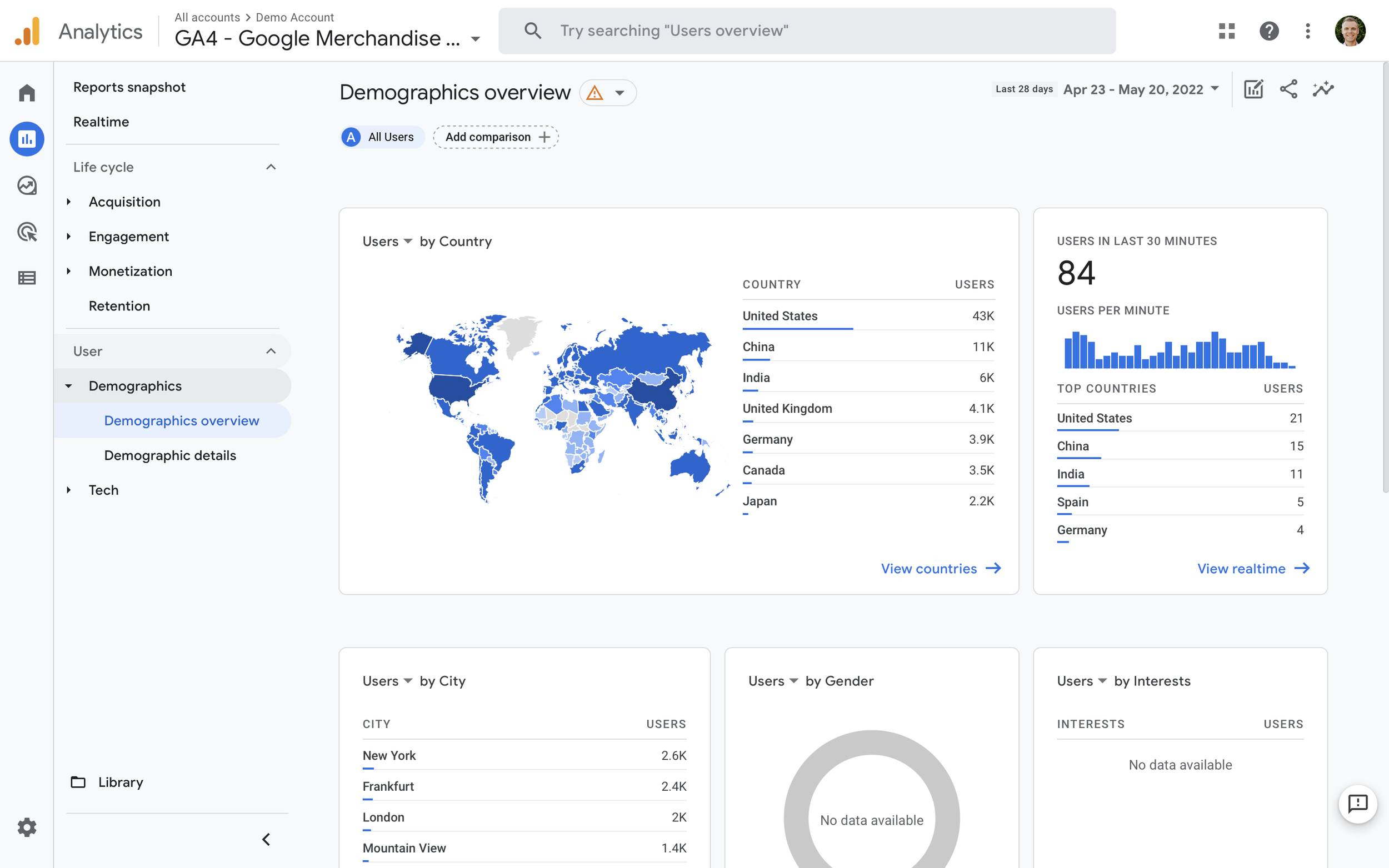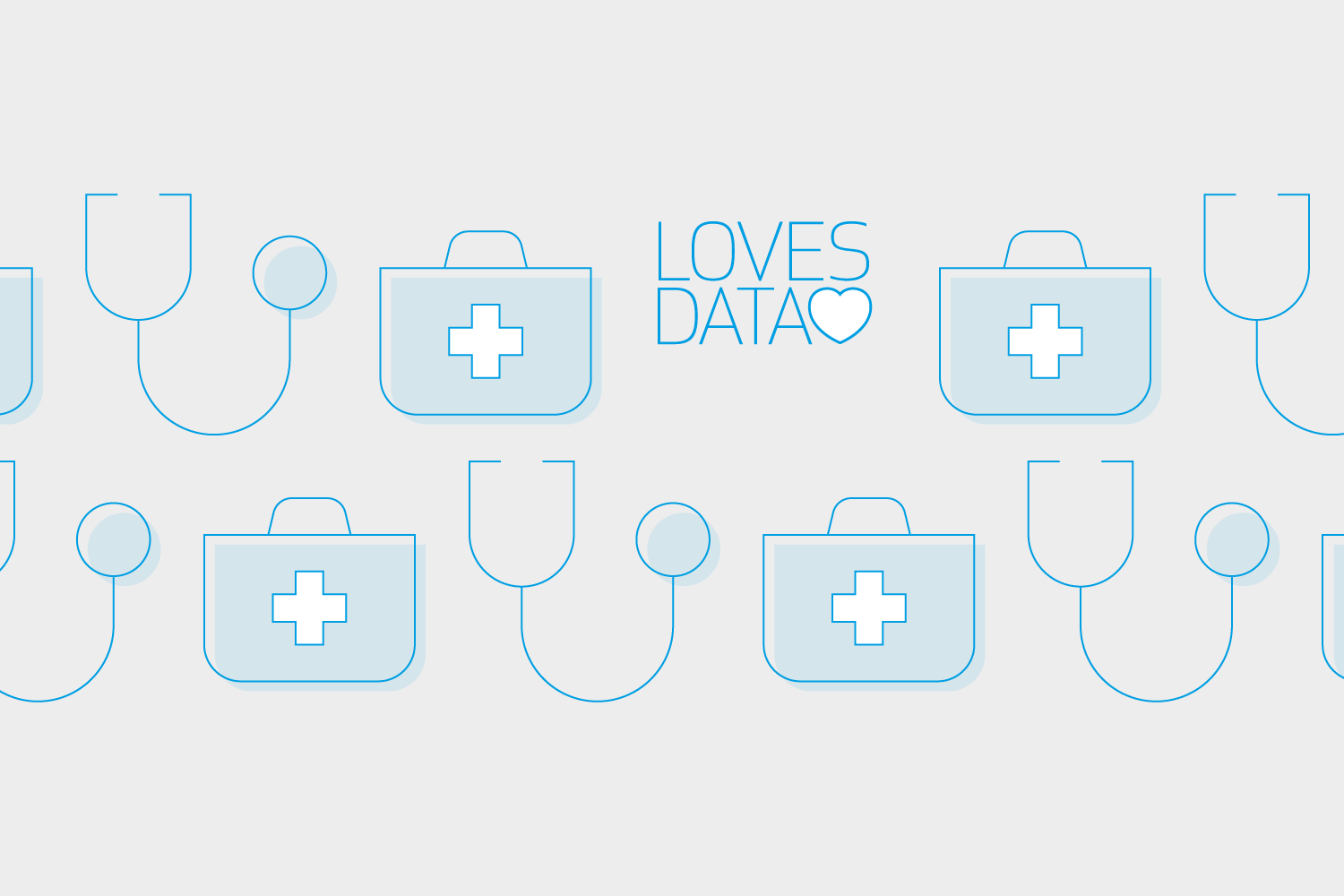4 Ways You Can Use Google Analytics to Improve Your Business
Loves Data

According to BuiltWith, over 28 million websites use Google Analytics. It’s used on over 66% of the top one hundred thousand websites worldwide and is the number one web analytics tool.

BuiltWith’s data shows the popularity of Google Analytics among the top websites worldwide
Odds are, most of these businesses use Google Analytics for reporting, but how many are applying their data to improve their website and business? Probably not that many, which means you can get an edge on the competition by digging into your reports and identifying opportunities.
To help you get started, here are four ways you can use Google Analytics to improve your business.
#1 Find Valuable Insights
While there is a learning curve if you’re trying to drill down into the reports for the first time, your data can provide significant insights for your business. You can identify short and long-term trends once you have enough historical data in your reports.
If you’re using Google Analytics 4 (GA4), you can speed up your analysis with the help of Google’s machine learning. The latest version of Google Analytics will automatically identify unexpected trends in your data (good and bad) and even predict how much traffic your website should receive.
These insights can help inform the strategies and tactics to maintain and grow your digital channels. And we dive into automated and custom insights in our advanced Google Analytics course.
#2 Understand Prospects and Customers
Over the last few years, Google Analytics has been moving to a more customer-centric approach to measurement. We’ve seen an emphasis placed on ‘users’ over ‘sessions’, which means your reports better reflect the people who are using your website.
Google also lets you measure unique individuals that you can identify with the ‘user ID’ feature. For example, if you have a member area on your website where people need to log in to access content, you can send an identifier to Google Analytics. This allows you to understand how your members engage with you across multiple devices and sessions.
Reports in Google Analytics also let you understand what your prospects and customers are interested in and their demographics. This can be particularly useful if you’re developing customer personas for your business.

Apart from understanding the traits of your prospects and customers, Google Analytics provides a range of reports to understand the content people are engaging with on your website and other actions.
#3 Target Your Marketing
Google Analytics pairs well with Google Ads. You can use it to gain additional insights into your Google Ads campaigns, including additional data in Google Analytics. You can send data from Google Analytics back into Google Ads. Currently, this option is only available with the previous version of Google Analytics (Universal Analytics) but hopefully will become available with Google Analytics 4 in the future.
You can build audience lists in Google Analytics which are then available for targeting and observation in Google Ads. The audiences you create can be used to modify bids, only show your ads to particular people, and for in-depth reporting in Google Ads. These features can help you pinpoint your marketing more precisely and improve the outcomes of your advertising investment.
#4 Drive Optimization
Google Analytics won’t automatically optimize your website, but you can use it to inform your conversion experiments and focus your organic optimization efforts.
You can use the ‘Pages and Screens’ report in Google Analytics 4 to understand your best-performing content and identify pages with the highest engagement levels on your website. You can then focus on creating content that builds on your current success.
Google Analytics 4 integrates with Google Optimize (Google’s A/B, multivariate, and personalization tool). You can use insights from your reports to create your next experiment and then monitor the results in Google Analytics.
Conclusion
These are just a few ways you can apply Google Analytics to your business that go beyond reporting. Once you’re finding insights and digging deeper into your data, you will be using Google Analytics to improve your business. When you’re ready to take the next step with Google Analytics, don’t forget that at Loves Data, we offer a comprehensive Google Analytics course and a concise mini-course to help you get the most out of your reports.




Comments